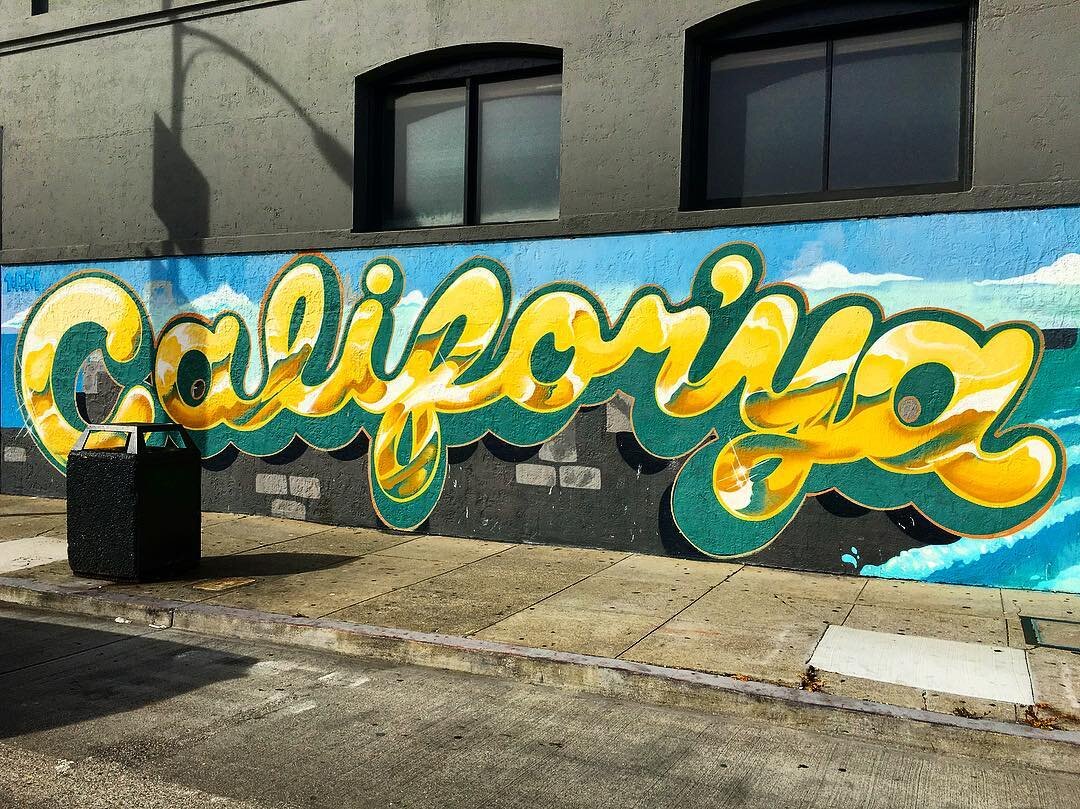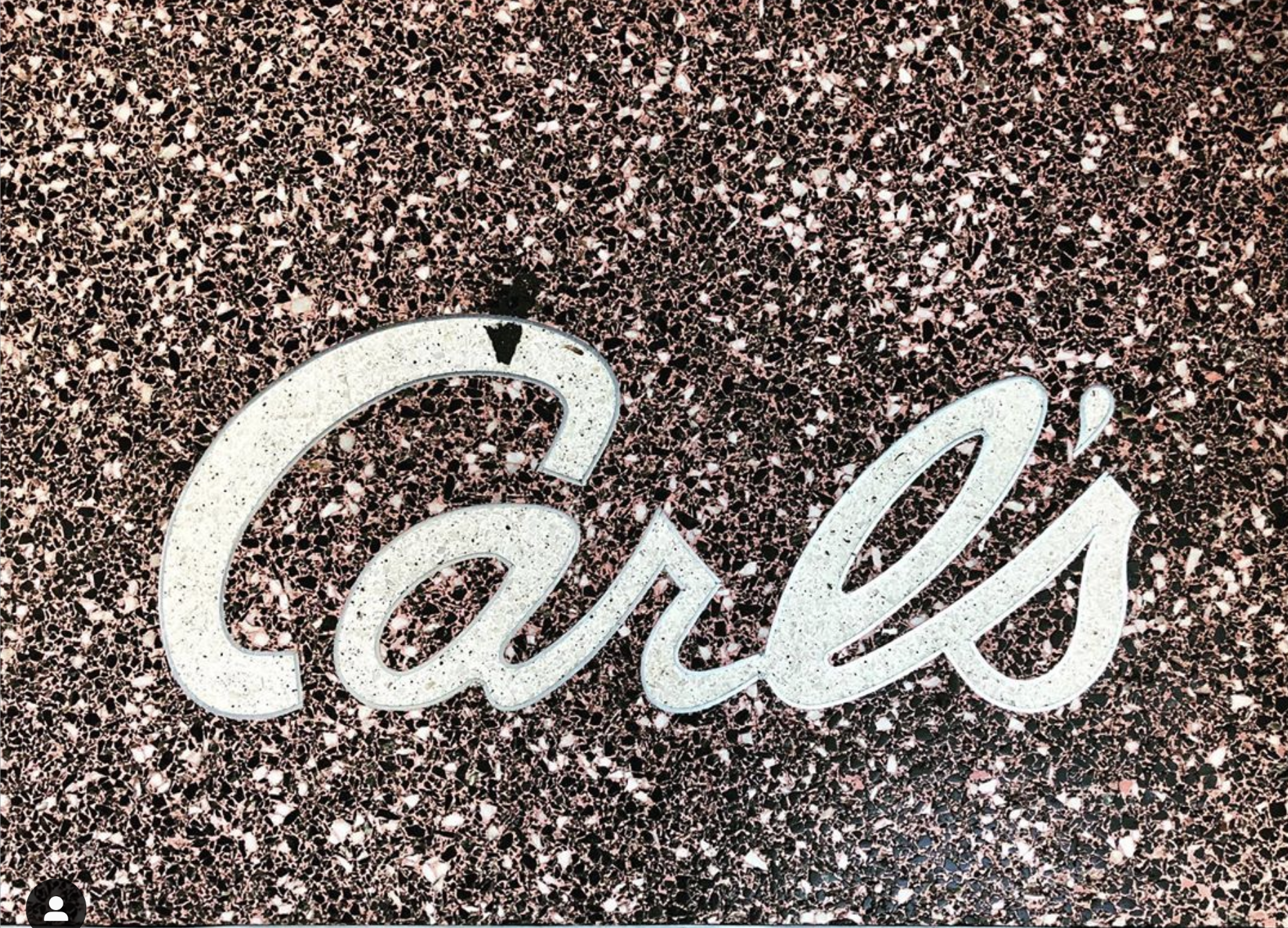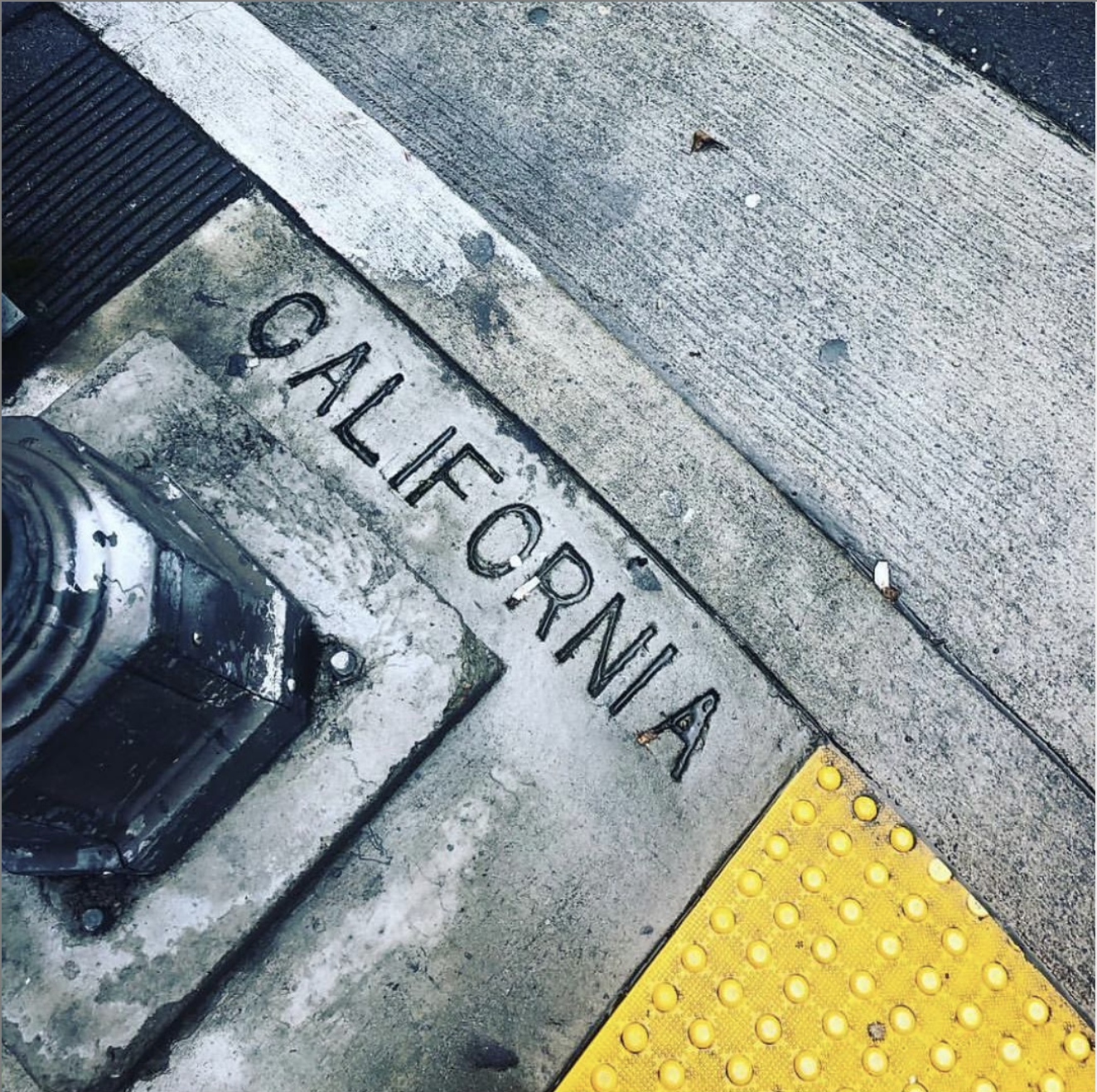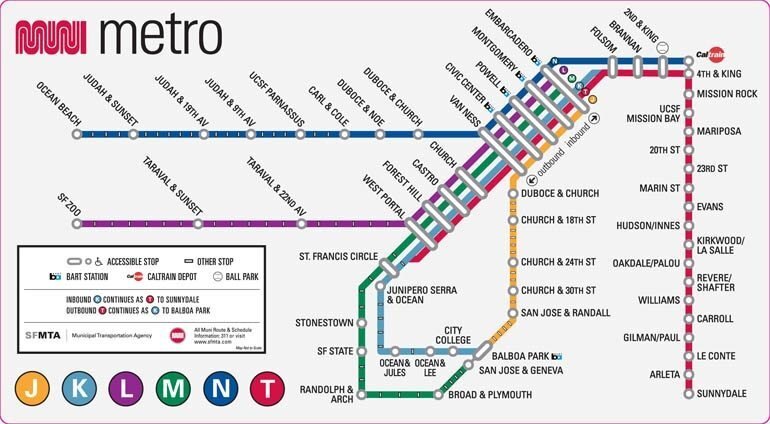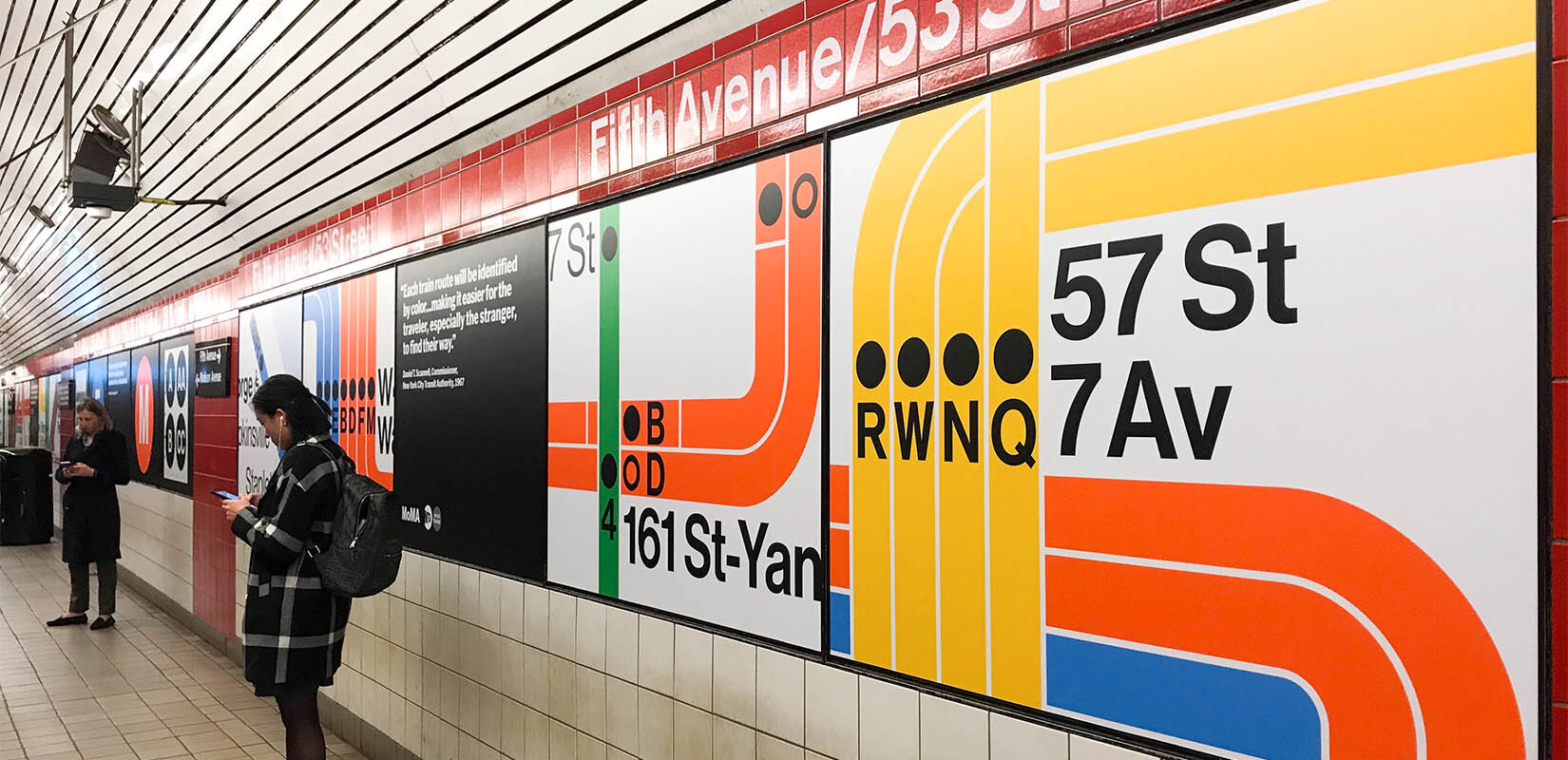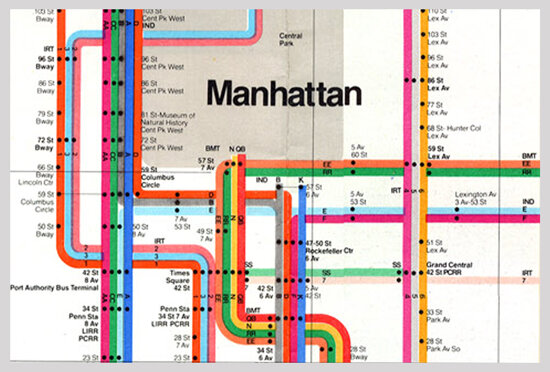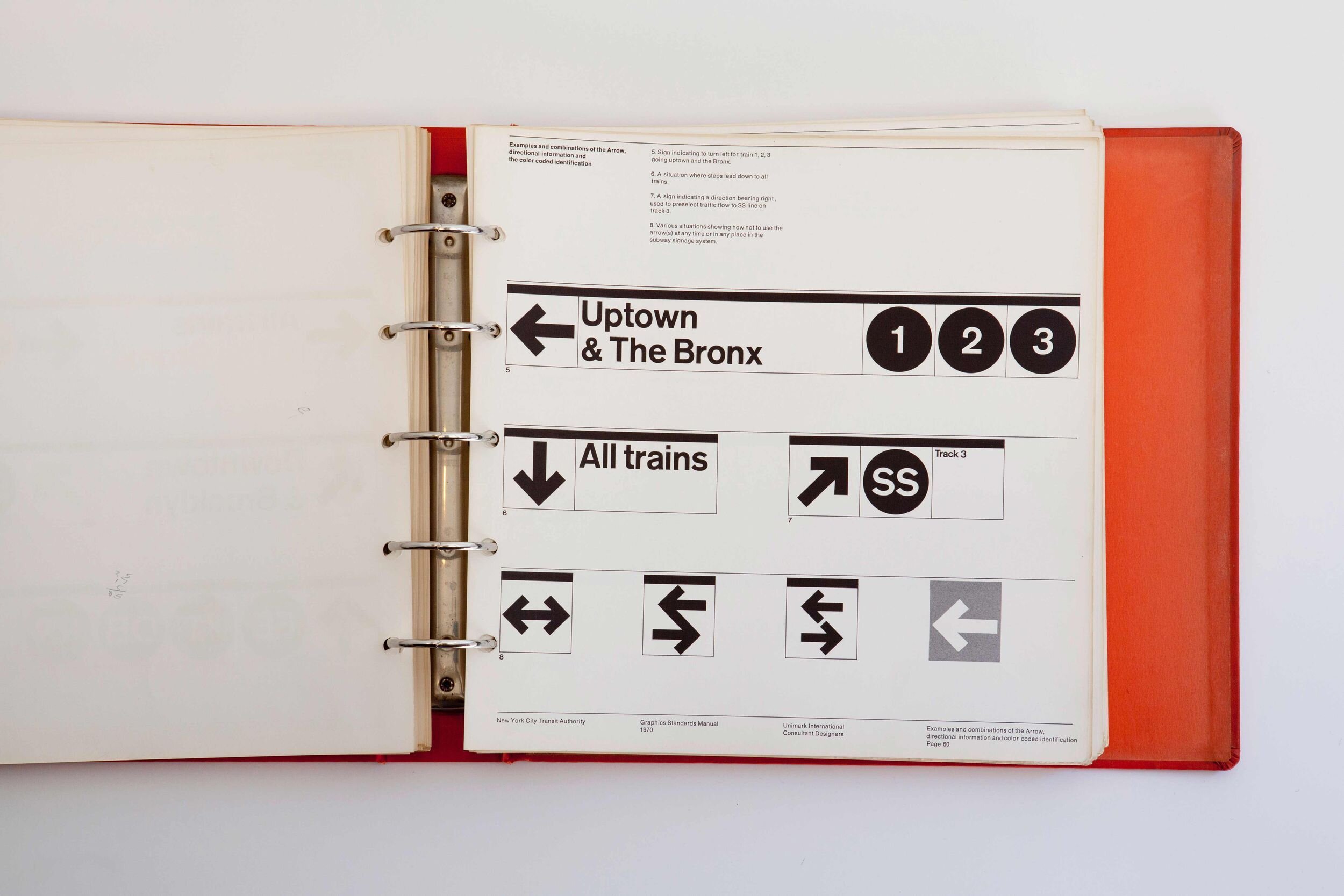We All Gotta Start Somewhere
This week’s lecture included a conversations with Simon Manchipp, Sarah Boris, Intro Design, Sam Winston, Regular Practice , and Gem Barton — all designers with differing approaches to their businesses — on the essentials to starting a design business or studio, the practicalities of maintaining and running your business, the inescapable importance of hard work, how to present yourself to your potential clients, and what advice they could offer to those just starting out.
FAKE IT TILL YOU MAKE IT
Nearly all of the subjects interviewed touched on feelings of imposter syndrome or nervousness with starting out as a graphic designer. Whether going right into business for themselves, or beginning their careers working for others — they all had to start somewhere. The trick is to not get too caught up in the fact that you might be a newly minted graphic designer. Just get going on finding clients and setting up a regular work routine that supports you early on. Believe in yourself and be willing to work hard. Be sure to outline the type of designer you want to be as well as the type of work you want to do. It is important to over deliver with your clients. Manchipp states, “repeat business is the easiest and best business to get.”
SHOW ME THE MONEY
In the beginning you may need to take on projects that are not as exciting or interesting as you’d prefer, but they pay the bills. These projects will enable to produce side projects that could garner you the attention of the clients you prefer to be working with. Further, it’s critically important to properly manage the money of your business. If managing the balance sheet is not in your wheelhouse, find a good accountant to help navigate, protect, and ensure that your hard work is not going to waste.
ESSENTIALS ARE JUST THAT: ESSENTIAL
You don’t need to have anything fancy in the beginning: a laptop, design software, an internet connection, and a mobile phone is plenty to get you going. Once you’ve built up a bank of clients and steady business, you may want to expand, add freelancers, and maybe even employees at some point. Building up a solid foundation of your design reputation will afford you expansion when the time comes.
JUST. DO. THE. WORK.
Working hard is the not-so-secret ingredient to any success. Be prepared to put in long hours in the beginning and to wear many hats. You are your brand, your business. Find creative ways to network and grow your business. Be honest, complete work on time — or even better, ahead of schedule, be willing to learn from your failures (and there will be failures), be open to learning from others, and work hard.
REFERENCE:
Falmouth University (2018). Planning, Strategy, and Management | Lecture. Studio and Entrepreneurship GDE730 19/20 Part-Time Study Block S2 (Falmouth, UK: Falmouth University)
Butler, Sarah (2018) ‘Wallace & Gromit producers hand stake to staff The Guardian
USI Events (2017) Redesigning Leadership John Maeda, at USI
DesignInDaBa (2016) John Maeda on Design Thinking and Creative Leadership
Computer Arts (2016) How to Launch and Run a Design Studio
millsustwo (2017) Inside ustwo
The Futur (2017) How To Run A Creative Business: In-depth breakdown w/ Melinda Livsey (
Sagmeister, Stefan (2013) ‘Medalist Stefan Sagmeister ’, AIGA
&walsh – https://andwalsh.com
Sagmeister inc – https://sagmeister.com
Maeda Studio – https://maedastudio.com/






